Invertebrate Learning and Memory
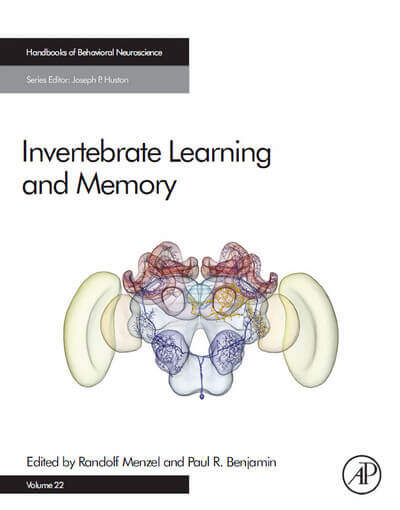
By Randolf Menzel , Paul R Benjamin
Invertebrate Learning and Memory PDF. Understanding how memories are induced and maintained is one of the major outstanding questions in modern neuroscience. This is difficult to address in the mammalian brain due to its enormous complexity, and invertebrates offer major advantages for learning and memory studies because of their relative simplicity. Many important discoveries made in invertebrates have been found to be generally applicable to higher organisms, and the overarching theme of the proposed will be to integrate information from different levels of neural organization to help generate a complete account of learning and memory.
Edited by two leaders in the field, It will offer a current and comprehensive review, with chapters authored by experts in each topic. PDF will take a multidisciplinary approach, exploring behavioral, cellular, genetic, molecular, and computational investigations of memory. Coverage will include comparative cognition at the behavioral and mechanistic level, developments in concepts and methodologies that will underlie future advancements, and mechanistic examples from the most important vertebrate systems (nematodes, molluscs, and insects). Neuroscience researchers and graduate students with an interest in the neural control of cognitive behavior will benefit, as will as will those in the field of invertebrate learning.
| File Size | 54 MB |
| File Format | |
| Download link | Free Download | Become a Premium, Lifetime Deal |
| Support & Updates | Contact Us | Broken Link |
| Join Our Telegram Channel |  |
| More Books: | Browse All Categories |

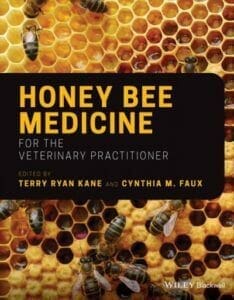
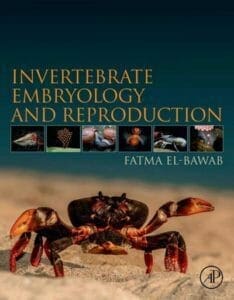
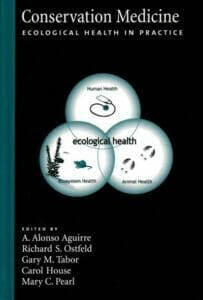
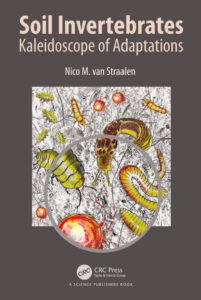
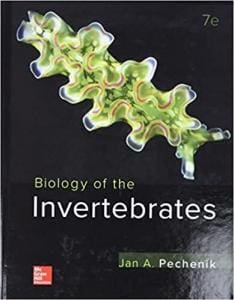
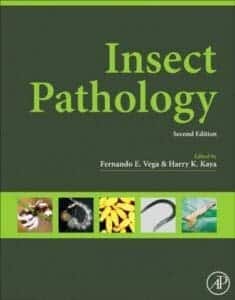
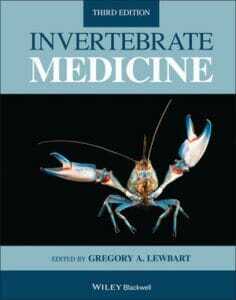
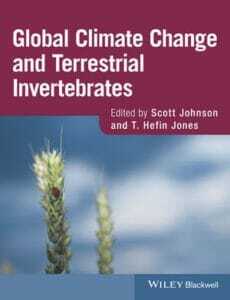




![Ettinger’s Textbook of Veterinary Internal Medicine 9th Edition [PDF+Videos] Ettinger’s Textbook of Veterinary Internal Medicine 9th Edition [True PDF+Videos]](https://www.vet-ebooks.com/wp-content/uploads/2024/10/ettingers-textbook-of-veterinary-internal-medicine-9th-edition-100x70.jpg)

![Textbook of Veterinary Diagnostic Radiology 8th Edition [PDF+Videos+Quizzes] Thrall’s Textbook of Veterinary Diagnostic Radiology, 8th edition PDF](https://www.vet-ebooks.com/wp-content/uploads/2019/09/textbook-of-veterinary-diagnostic-radiology-8th-edition-100x70.jpg)






